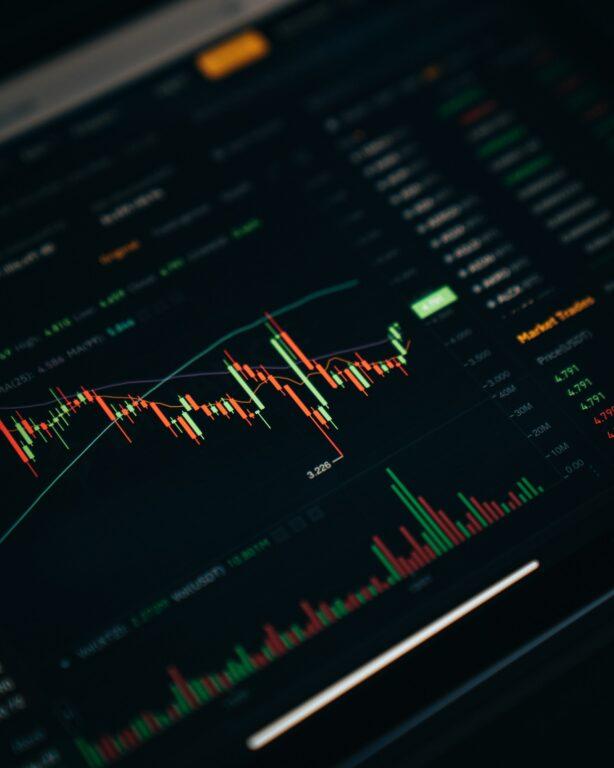The stock market’s benchmark index, the S&P 500, has been consistently rising over the last few months, moving up 16.7% year-to-date and around 4.5% in just the last 30 days to hit new highs, however the influence of some components of the index has raised concerns.
As first pointed out by Zerohedge, the S&P 500 Equal Weighted Index relative ratio hasn’t been surging over the last few months but has in fact moved to levels last seen during the 2008 financial crisis when the Lehman Brothers filed for bankruptcy in what’s seen as the climax of the crisis.
The indicator, which compares the performance of the S&P 500 when weighted equally to its traditional market capitalization weighting, is nearing 1.2, last seen in late 2008 during a global financial markets meltdown that saw the Dow Jones Industrial Average index lose around half of its value.
The data shows various peaks in the ratio around 2014-2015 and 2018-2019, which were followed by significant market downturns, including the onset of the COVID-19 pandemic in 2020.
Despite a brief recovery, the ratio has been on a steady decline in recent years, reaching new lows in 2023 and 2024. This suggests that gains are concentrated in a smaller pool of stocks, rather than being broadly distributed across the index.
The implication is that a handful of stocks are driving the S&P 500’s performance, leaving the rest of the index lagging behind. This lopsided dynamic can create a fragile market susceptible to sharp corrections if those leading stocks stumble.
Some of the companies that various analysts believe are overvalued are those related to the current artificial intelligence (AI) hype, with NVIDIA having surged 160% in the last six months and now trading at prices to sales ratio of 38.2.
Notably Paul Dietrich, the chief investment strategist at B. Riley Wealth Management, recently painted a concerning picture of the stock market, suggesting a potential decline far exceeding those seen in the early 2000s and 2008 and potentially the worst one Wall Street has seen over the past century.
Dietrich, in his latest commentary, argued that the market is currently experiencing a bubble fueled by speculation and excitement surrounding a small number of technology companies including Nvidia and Microsoft, rather than sound fundamentals like corporate earnings growth.
He pointed to historically high valuations, including the S&P 500’s price-to-earnings ratio and the inflation-adjusted Shiller PE ratio, as evidence of overpricing and added the low dividend yield suggests a focus on short-term gains over long-term investment.
Featured image via Unsplash.









